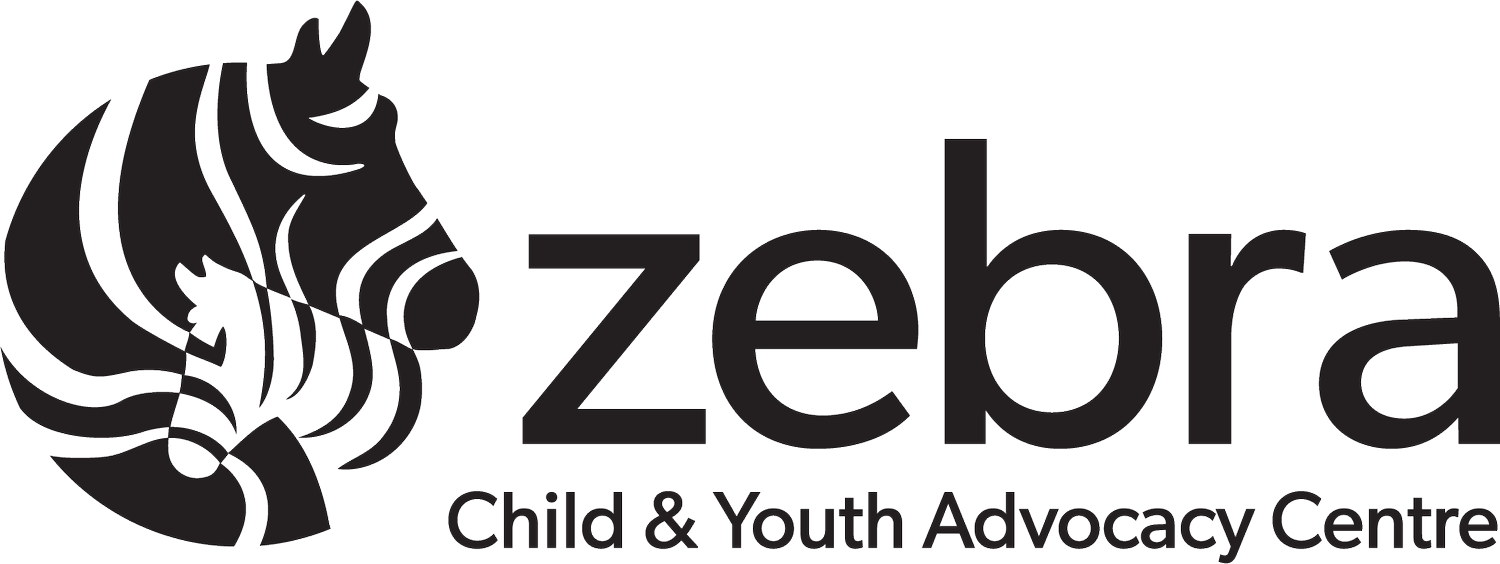Protecting Yourself From Sextortion: A Growing Conversation
Post by the Edmonton Police Service Cyber Risk & Security Team
Photo by Adrian Swancar on Unsplash
In the digital age, cybersecurity threats are becoming increasingly diverse. One of the most alarming threats is sextortion. A sextortion scam is a form of online blackmail where a perpetrator threatens to release explicit images or videos of a victim unless they pay money or provide other favors.
The social, psychological, and emotional effects of sextortion on victims are severe. Victims often experience feelings of shame, embarrassment, guilt, and fear, which can lead to long-term mental health consequences, including depression, anxiety, and even suicide, particularly in teenage victims. Victims may also face reputational damage, strained relationships, and significant social consequences if the content is made public. This type of cybercrime is not only an invasion of privacy but also a serious emotional and psychological violation. As technology advances, so do the tactics of cybercriminals, making it crucial to understand what sextortion is and how to protect oneself from becoming a victim. Sextortion is often initiated through phishing or social engineering, hacking and data theft, image manipulation, fake video or webcam scams.
To protect yourself from sextortion, avoid sharing explicit content online, use strong passwords and multifactor authentication to protect yourself from hacking, be careful from strangers you meet online, avoid clicking on suspicious URLs or opening unknown attachments, regularly review your privacy setting on social media, and install antivirus software. In the unfortunate event you become a victim, do not comply with extortionist demands.
Sextortion is a serious crime in Canada, and the legal system has strong provisions in place to address it. The Criminal Code, along with various privacy and anti-cyberbullying laws, ensures that victims can seek justice and that offenders are held accountable. Programs such as Cybertip.ca, operated by the Canadian Centre for Child Protection, provide resources for reporting and preventing online exploitation.

